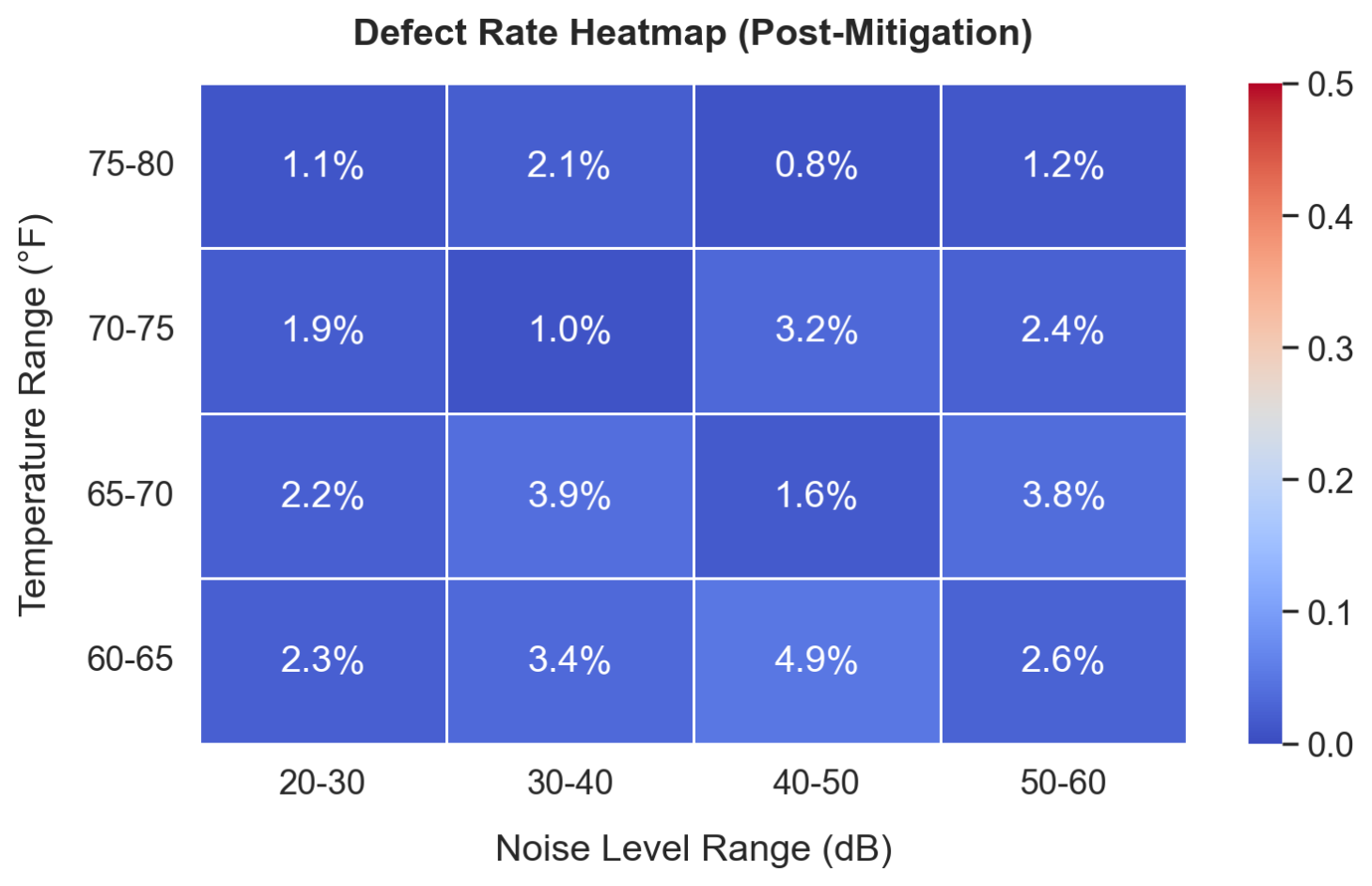



Data-Driven Defect Reduction
Summary
"We're seeing spikes in defective shipments, but we don't know why."
I drew on prior fulfillment experience to emulate a warehouse setting by coding a microcontroller-based monitoring device and generating realistic temperature and noise data based on seasonal and operational patterns. I then built a full data pipeline that ingests, transforms, and analyzes the data to identify correlations between environmental conditions and defect rates during order packing.
- Role — Data pipeline architect, dashboard developer, prototyping engineer, writer, researcher
- Tools — Supabase (PostgreSQL + REST API), Python (pandas, seaborn, matplotlib), Streamlit, CircuitPython (RP2040 Connect), Jupyter
I delivered a complete cloud-connected, sensor-to-dashboard setup demonstrating how physical computing, synthetic data engineering, and operational analysis that supports real-world fulfillment insight and experimentation.
This case study reflects the kind of work I do for clients: building lightweight, insight-driven systems that connect real-world behavior to measurable outcomes.
Gallery
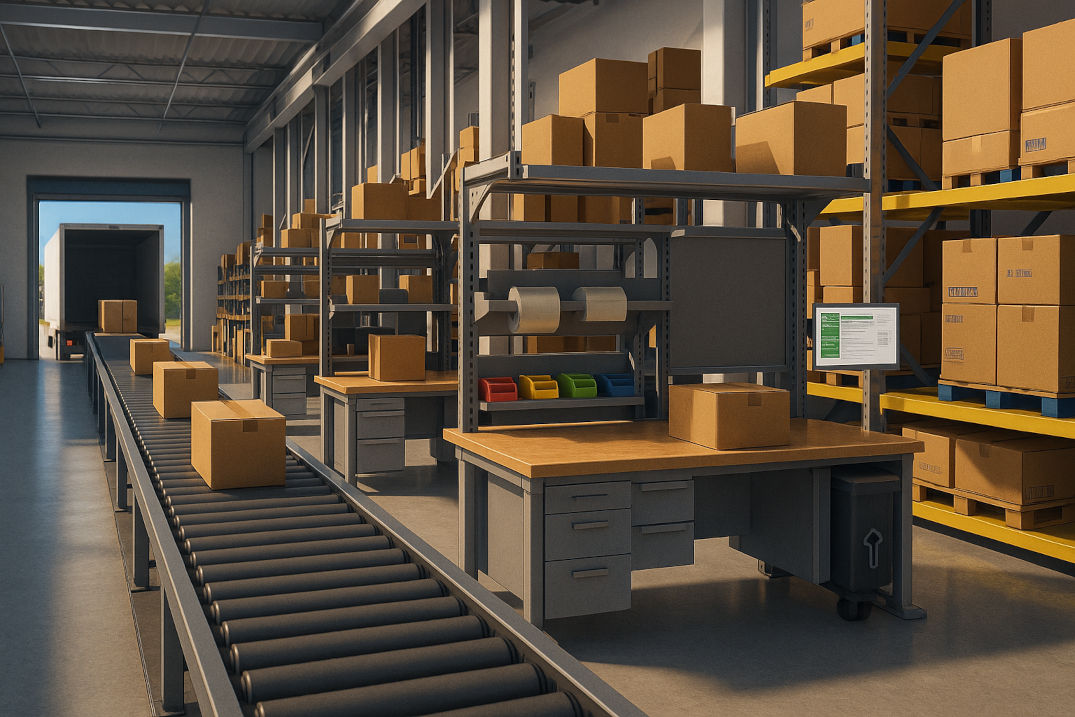
A conceptual layout designed for this scenario, balancing realism with constraints: one sensor node, minimal coverage gaps, and plausible airflow and noise exposure near packing activity.
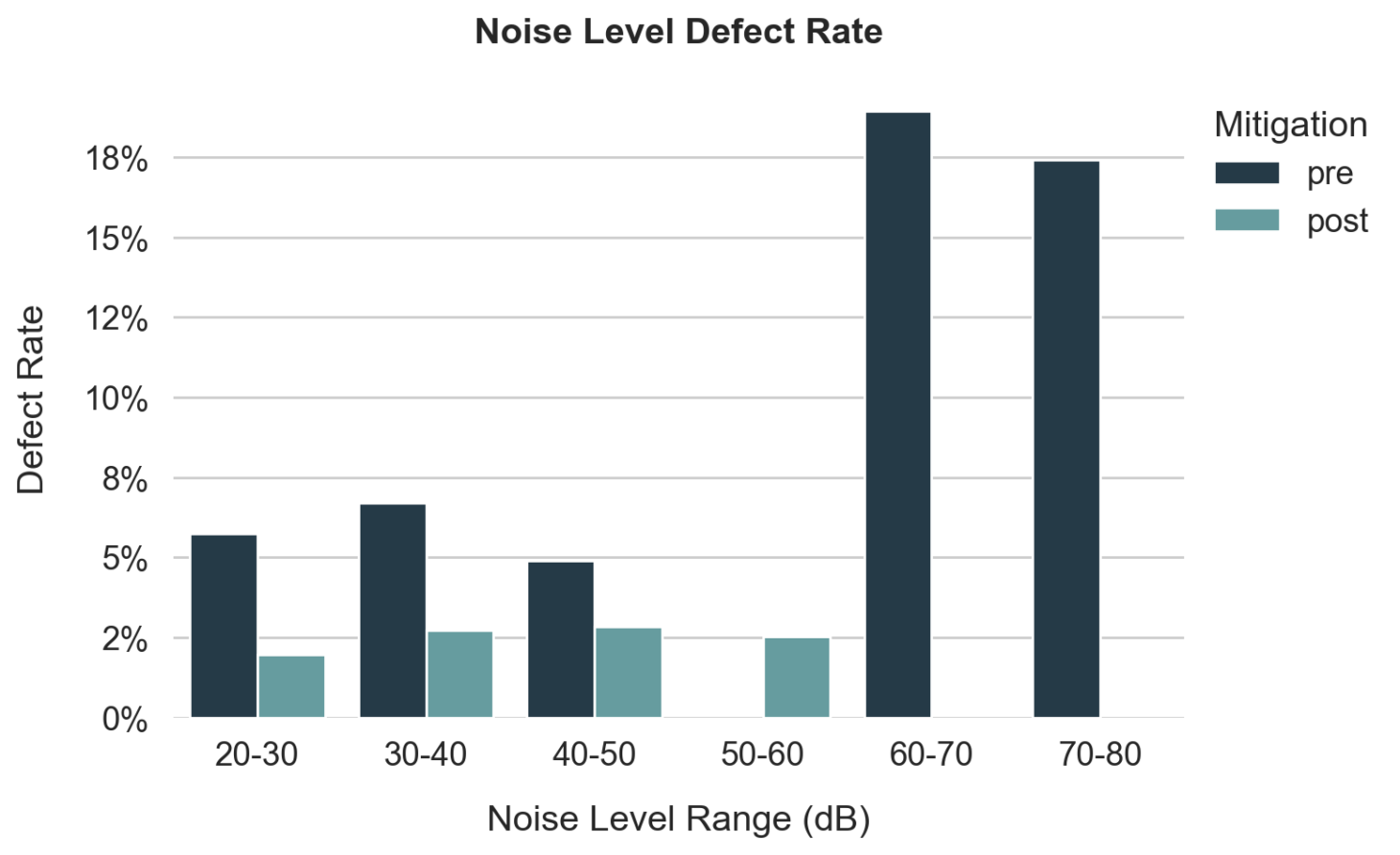
Pre-mitigation analysis revealed a sharp increase in defect rates above 60 dB, highlighting potential disruptions tied to ambient machinery noise.
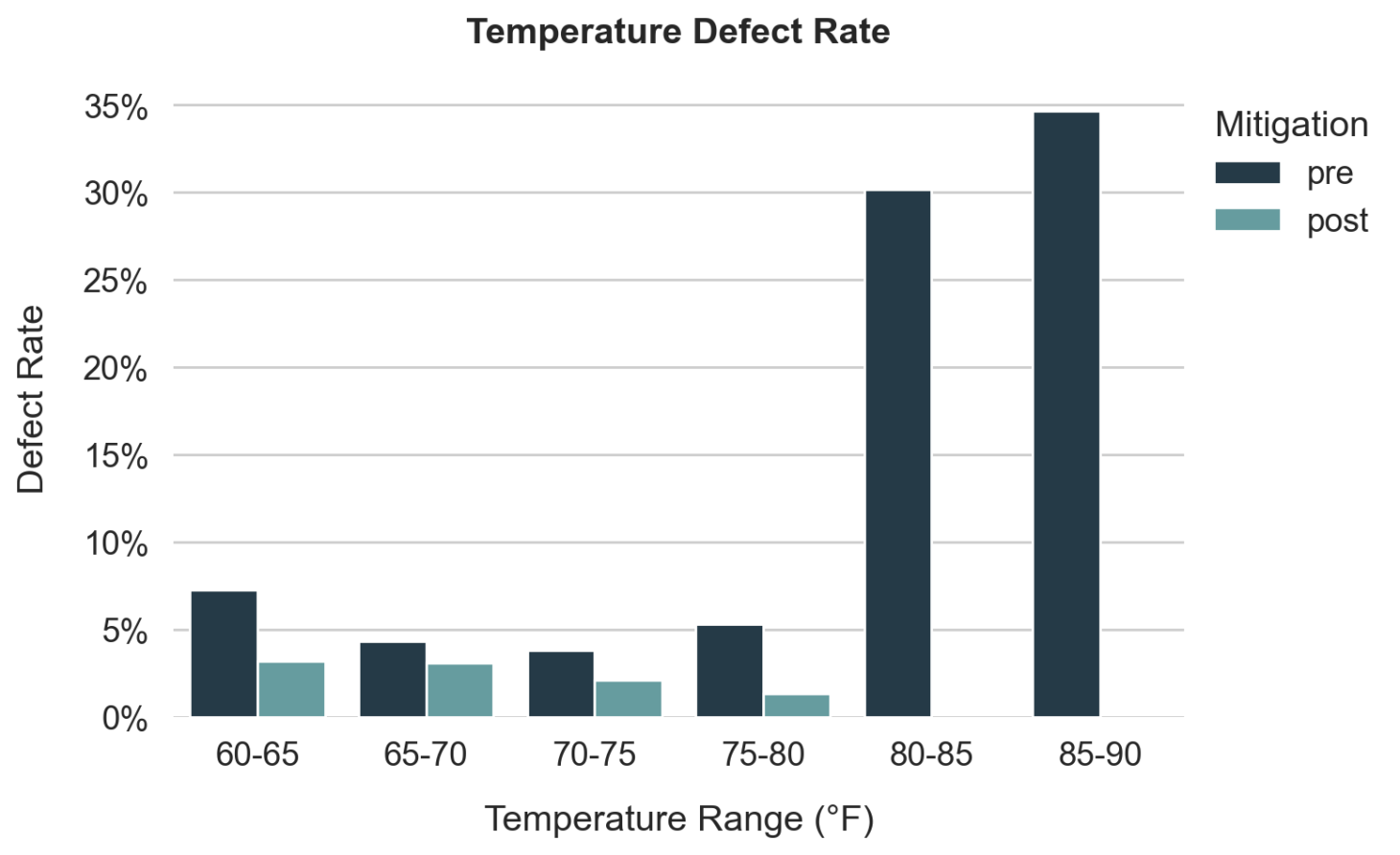
Defect rates increased significantly above 80°F prior to mitigation efforts, suggesting heat stress or other issues in the packing environment.
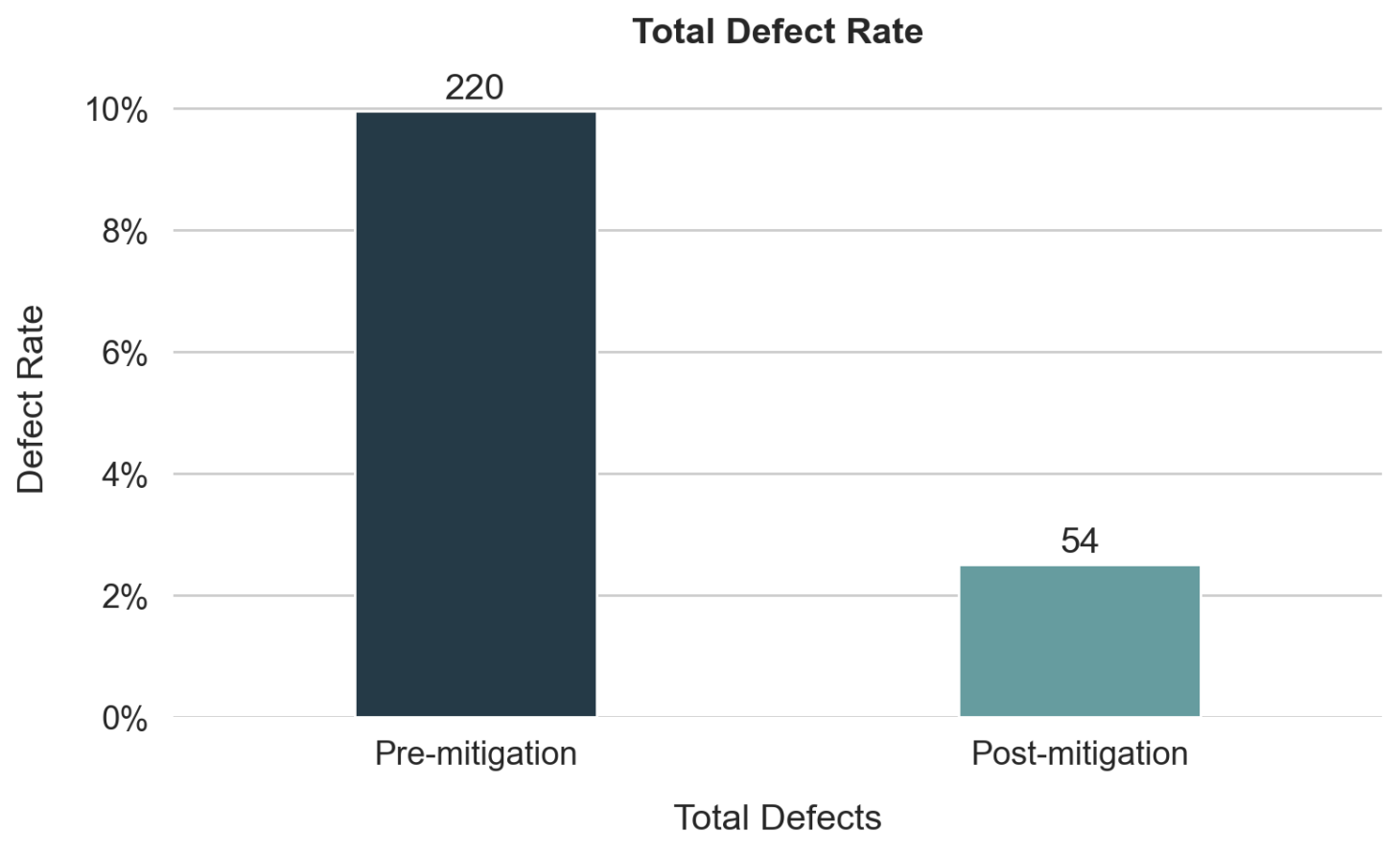
Post-mitigation defect rates dropped by over 75%, confirming the effectiveness of airflow, insulation, and acoustic damping upgrades.
Click an image for a closer look and more information.
Details
This proof-of-concept system simulates environmental data collection, fulfillment error tracking, and defect correlation reporting using a simple, hardware-to-database-to-dashboard architecture.
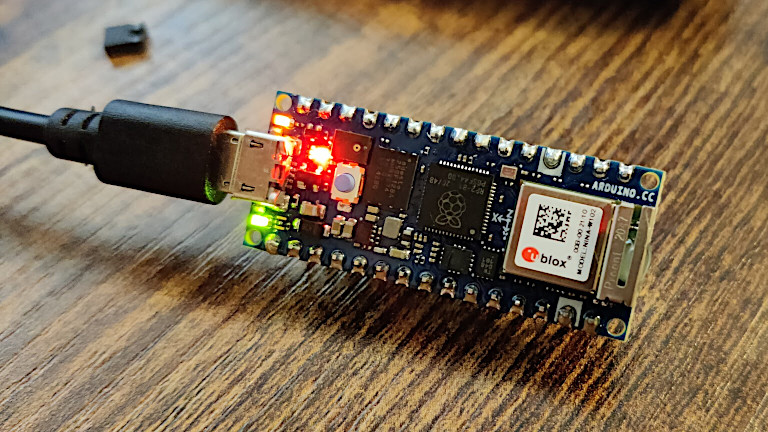
- Microcontroller: RP2040 Connect running CircuitPython, chosen for onboard Wi-Fi, microphone, and temperature sensor
- Mounting: Simulated mounting in the pack area above the conveyor belt, pointed toward the packing station (in reality, no directional sensing required)
- Assumption: One sensor was sufficient given the modest warehouse footprint and layout
- Noise Simulation: Modeled on fixed conveyance times (3 times per day), with random baseline ambient noise during off periods
- Database: Supabase PostgreSQL instance
- Ingestion: REST API used to post readings; separate table for operational order data
- Schema Design: Two primary tables:
order_fulfillment_dataandshipdock_environmental_data - Simulated Data: Included realistic timestamps, defect types, box sizes, order sizes, shipping delays, etc.
- Correlation Design: Defect probability increased if temperature > 80°F and/or noise > 60 dB
- Binning: Temperature and noise values grouped into ranges for analysis
- Exploration: Conducted groupby aggregations and pivot-based heatmaps using pandas, seaborn, and matplotlib
- Dashboard: Streamlit app with dropdown-selectable views
- Charts: Three bar charts (temperature, noise, total defects) and two heatmaps (pre- and post-intervention)
- Mitigation Split: June-July modeled as baseline; August-September included simulated environmental improvements (fans, AC units, noise dampening curtains)
- A functioning warehouse insight prototype built from scratch
- Dashboard demonstrates clear visual drop in defect rate post-intervention
- Heatmaps show nuanced interactions between heat, noise, and error frequency
- Realistic simulation of warehouse working conditions and data architecture
- Clean modular codebase, deployed with synthetic data and ready for adaptation
- Cold Weather Effects: Explore whether colder temperatures increase conveyance noise due to material contraction or lubricant changes
- Additional Sensors: Add humidity, motion, or light sensors for broader context
- More Granular Layout: Map zones of the warehouse to detect localized issues
- Production Integration: Adapt this prototype to push data to real-time ops dashboards or alerts
- Long-Term Mitigation: Consider warehouse-wide HVAC or reorganization for structural improvements
- Employee Feedback Loops: Use formal UX research techniques to survey workers and analyze responses, validate environmental impact, uncover overlooked issues, and inform future design
- An independent project can still deliver real, actionable value when rooted in authentic experience
- Simulated data, when built with care, is a powerful tool for demonstrating technical breadth
- Simple tools like Supabase, Streamlit, and Matplotlib/Seaborn are enough to tell compelling operational stories
- Engineering curiosity paired with UX empathy can yield credible solutions in complex logistics environments

